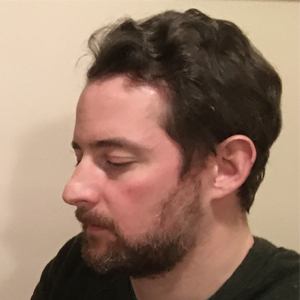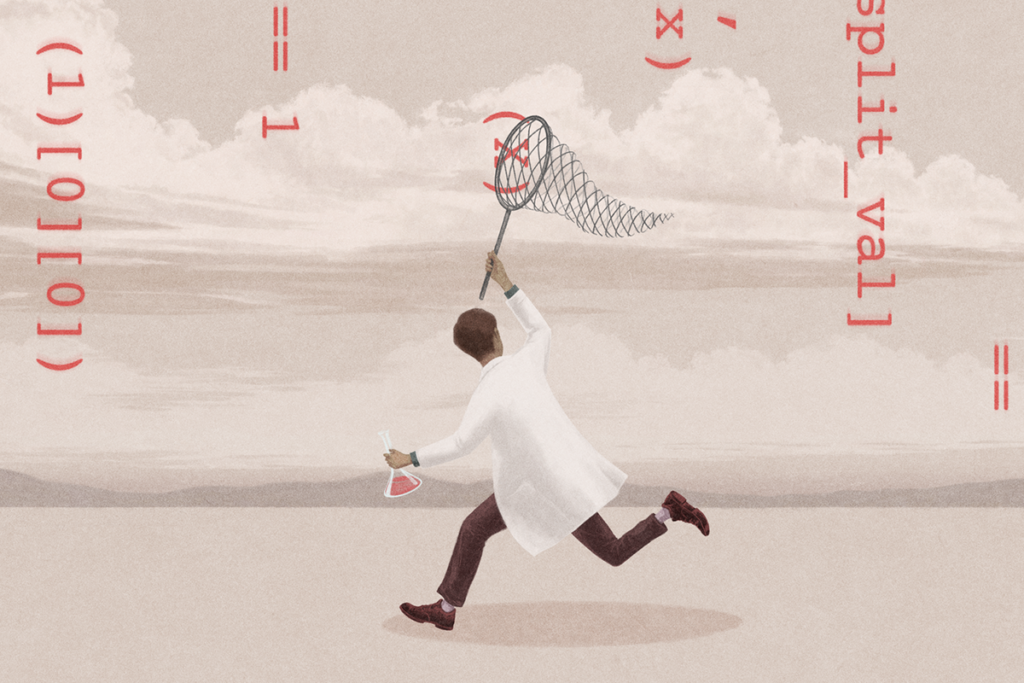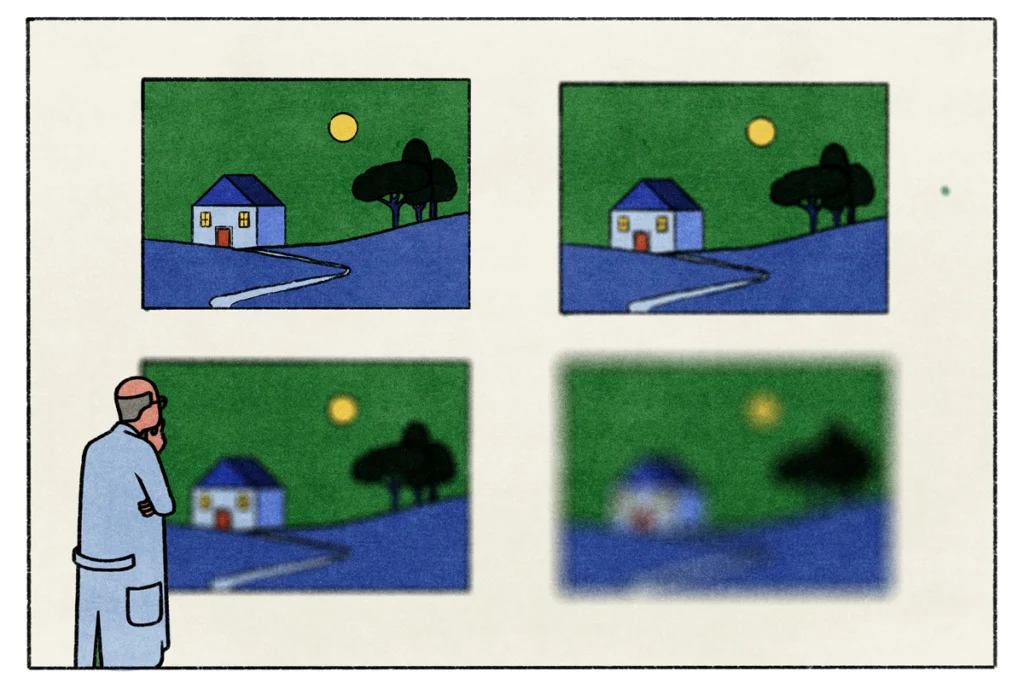Francis Fallon is associate professor of philosophy at St. John’s University in New York City. He is project director of Change Detection During Saccades, and a contributing member of the COGITATE Consortium. Both projects use empirical methods to test different theories’ competing predictions (“adversarial collaboration”) and are funded by the Templeton World Charity Foundation’s Accelerating Research on Consciousness initiative. He founded and co-directs the project Representation: Past, Present, and Future, supported by the Wellcome Trust Institutional Strategic Support Fund as part of Trinity College Dublin’s Neurohumanities program. He has published in PLOS One, Entropy, The Review of Philosophy and Psychology, Topoi and the International Journal of Philosophical Studies, among other journals. He also edited (with Gavin Hyman) “Agnosticism: Exploration in Religious and Philosophical Thought” (Oxford UP, 2020).

Francis T. Fallon
Associate professor of philosophy
St. John’s University
From this contributor
What are we talking about? Clarifying the fuzzy concept of representation in neuroscience and beyond
To foster discourse, scientists need to account for all the different ways they use the term “representation.”
Explore more from The Transmitter
New organoid atlas unveils four neurodevelopmental signatures
The comprehensive resource details data on microcephaly, polymicrogyria, epilepsy and intellectual disability from 352 people.

New organoid atlas unveils four neurodevelopmental signatures
The comprehensive resource details data on microcephaly, polymicrogyria, epilepsy and intellectual disability from 352 people.
Can neuroscientists decode memories solely from a map of synaptic connections?
Five experts discuss the progress, possibilities and hurdles of decoding a “nontrivial” memory from an organism just by analyzing its brain connectivity patterns.
Can neuroscientists decode memories solely from a map of synaptic connections?
Five experts discuss the progress, possibilities and hurdles of decoding a “nontrivial” memory from an organism just by analyzing its brain connectivity patterns.
AI-assisted coding: 10 simple rules to maintain scientific rigor
These guidelines can help researchers ensure the integrity of their work while accelerating progress on important scientific questions.

AI-assisted coding: 10 simple rules to maintain scientific rigor
These guidelines can help researchers ensure the integrity of their work while accelerating progress on important scientific questions.
